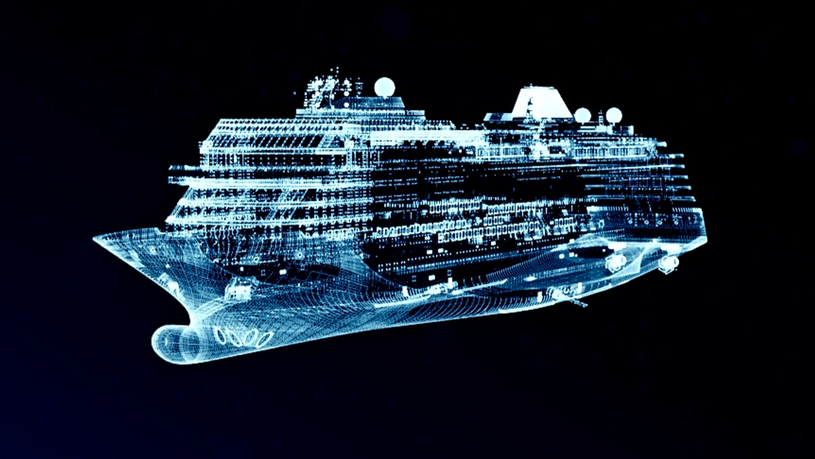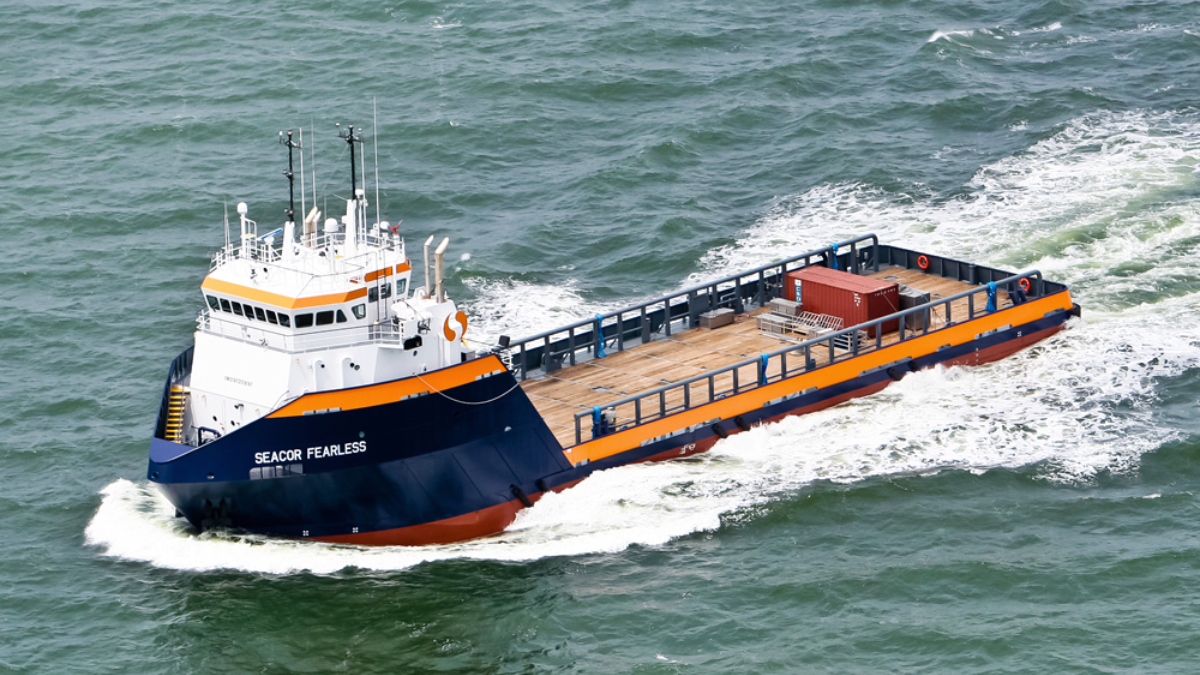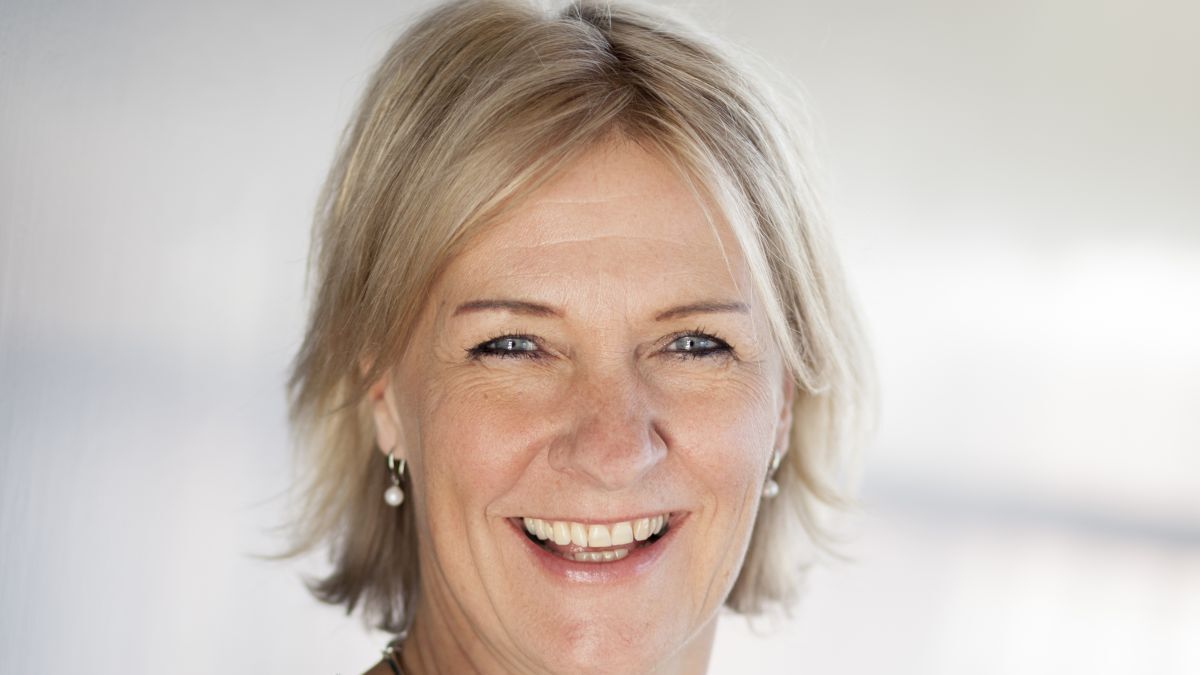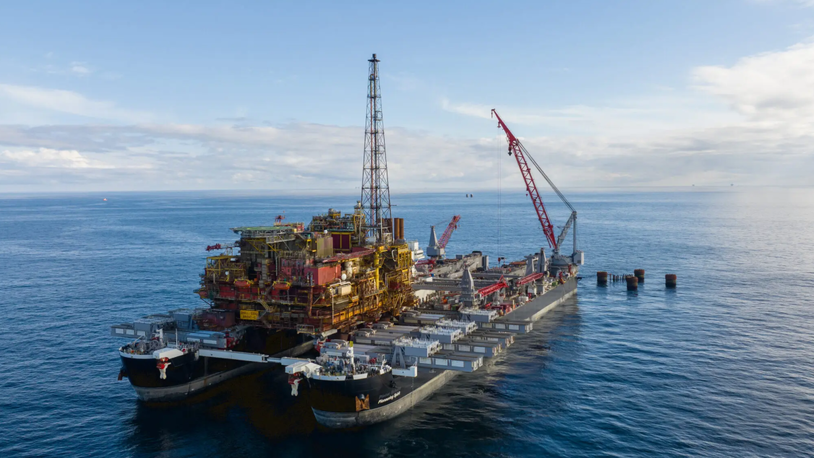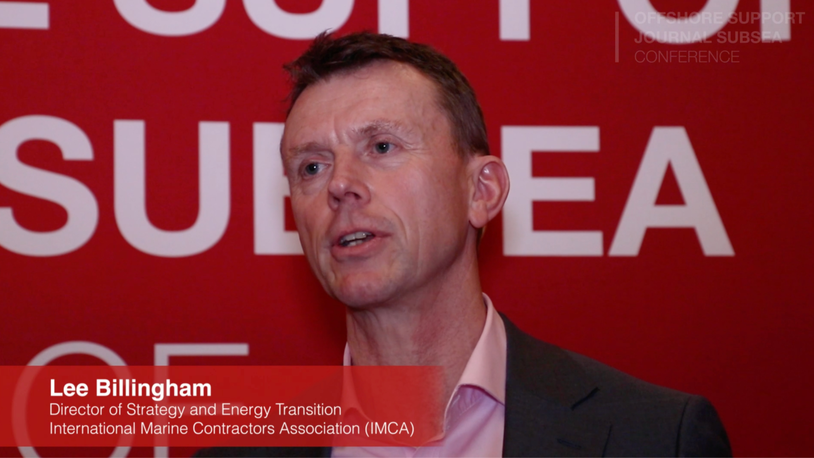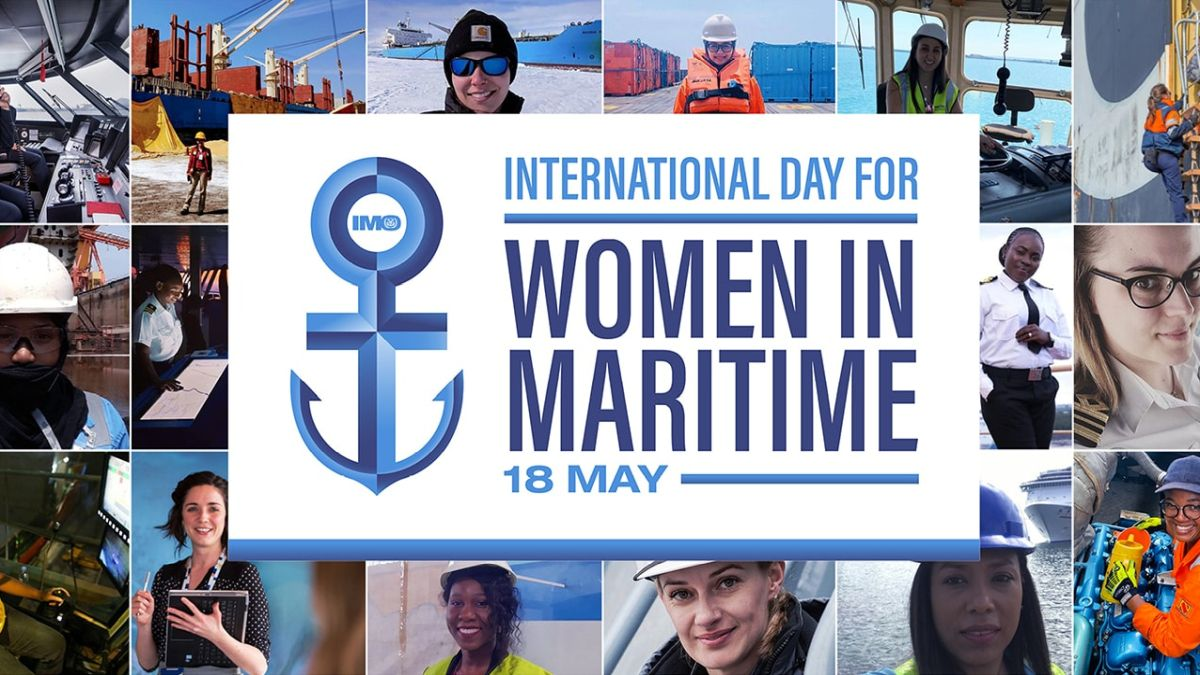Business Sectors
Events
Contents
Register to read more articles.
More than US$26Bn of subsea contracts expected in next 24 months
Offshore engineering contractors remain positive about the subsea installation market and are building contract backlogs for projects worldwide
Subsea activity remains strong and is forecast to continue to be so, despite the recent volatility in oil and gas prices. Major offshore engineering contractors are continuing to build their backlogs of contracts based on energy companies sanctioning projects in deepwater basins and mature areas, while there are more opportunities coming from frontier areas.
Milan, Italy-headquartered Saipem reported a total group backlog of €32,671M (US$37,185M) at the end of March, boosted by orders and contracts for engineering and installing of subsea infrastructure for major hydrocarbon energy projects, and rising rates for offshore drilling rigs and ships.
Saipem’s contract backlog for asset-based services, including engineering, installing and commissioning subsea infrastructure and other field development projects, was €21,053M, and it was €10,384M for energy carriers which includes engineering, construction and commissioning of carbon capture and storage plant and ship loading systems.
Key contract highlights in Q1 2025 were for the engineering, procurement, construction, and installation (EPCI) of subsea structures, umbilicals, risers and flowlines for ExxonMobil’s next deepwater oil project, Hammerhead in Guyana, and EPCI activities for the repair of damaged subsea pipelines in Qatar for QatarEnergy.
These contract backlog figures demonstrate the expected high levels of offshore upstream activity anticipated for the next few years, as energy companies ramp up capital investment in oil and gas projects, particularly in the Middle East and Latin America.
In February 2025, Saipem and Subsea 7 confirmed they have agreed terms for a merger, in a deal that will create an energy services leader with a combined backlog of €43Bn.
TechnipFMC anticipates strong growth in orders and contracts for its subsea operations in the coming years from key deepwater hydrocarbon basins and new frontiers. It had built up a backlog of orders of US$14.9Bn for subsea activities, as of the end of March, and has US$26Bn of opportunities in its sights over the next 24 months.
TechnipFMC has raked in multiple contracts for integrated EPCI of subsea infrastructure in deepwater projects and mature basins.
It anticipates winning more contract work in these regions, particularly offshore Brazil, Guyana, the US, and in west Africa and the North Sea, while new frontiers are emerging in Cyprus, India, Mozambique, Namibia and Suriname.
“Our subsea opportunities list now highlights more than US$26Bn of inbound opportunities over the next 24 months”
During Q1 2025, TechnipFMC secured US$2.8Bn of orders including an EPCI contract from Shell for the subsea production systems on the Gato do Mato deepwater project offshore Brazil, and a EPCI contract from Equinor for the Johan Sverdrup Phase 3 development in the Norwegian sector of the North Sea.
“To further advance the growth of our integrated portfolio, we recently announced a strategic alliance with Cairn Oil & Gas to deliver future deepwater developments offshore India using our integrated EPCI commercial model,” said TechnipFMC chair and chief executive, Doug Pferdehirt.
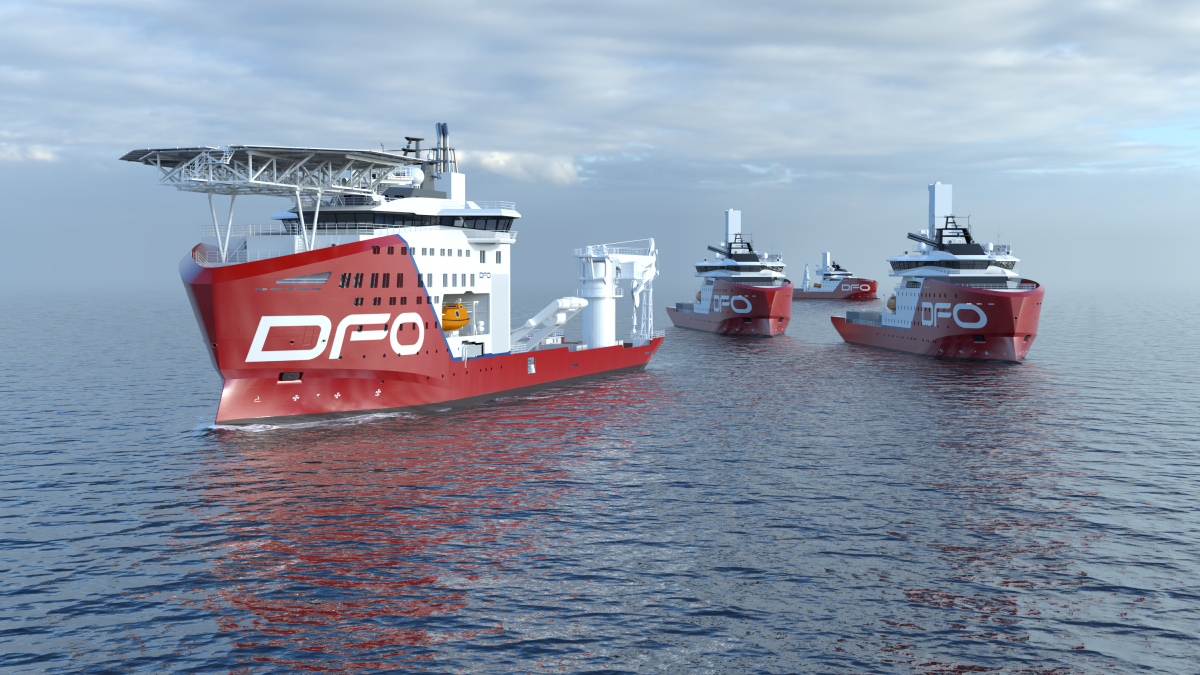
“Our subsea opportunities list now highlights more than US$26Bn of inbound [contracting] opportunities over the next 24 months, when using the midpoint of project values. Putting this into perspective, the value of this list has grown nearly 20% over the last 12 months and represents the third consecutive quarterly increase,” he said.
“The opportunity set is also supported by multiple new frontiers, including Guyana, Suriname, Namibia, Mozambique and Cyprus, all of which present long-term opportunities with development lifecycles that extend well beyond the end of the decade.”
Mr Pferdehirt does anticipate some delays in project investment decisions due to volatility in oil and gas prices and changes in economic feasibility of developments, but is still upbeat on the long-term demand.
“We continue to believe that offshore will remain a preferred investment of operators, with deepwater attracting a growing share of global capital flows, driven by much-improved economic returns and broad access to these resources,” he said. “This gives us continued confidence in delivering more than US$10Bn of subsea inbound in 2025.”
Clarksons Research forecast a tight market for subsea support vessels in the next few years, despite demand slipping from last year’s peak. The broker noted mixed trends over the past six months but said owners are in a strong position versus long-term rate averages.
The shipbroker’s offshore index, including rig, OSV and subsea vessel day rates, softened by 7% across H2 2024. But the index is still equal to the 2008 peak. Increased interest in subsea newbuilds continued into 2025 and an upturn in rates is expected to follow.
Dong Fang Offshore in Taiwan expects a positive period ahead for subsea markets as it ordered a new construction vessel from Vard in March 2025. This deal is for one 121-m Vard 3 39 design, valued at €113.5M (US$125.9M) and includes options for further vessels. It will have a beam of 23 m, a maximum speed of 14 knots, a DP2 dynamic positioning system and battery-hybrid propulsion.
It will be fitted with a 250-tonne active heave compensated offshore crane and a 1,200-m2 working deck prepared for a cable repair or lay spread, along with hangars for remotely operated vehicles (ROVs) to operate from both sides of the vessel.
The hull will be built at Vard in Braila, Romania, while outfitting, commissioning and delivery will take place at Vard Søviknes in Norway. Delivery is scheduled for early in Q2 2027.
Contract awards
DOF Group won a contract for moorings and subsea installation services in Western Australian for its 2010-built Skandi Hercules for execution in Q3 2025.
Solstad Offshore gained a two-year contract for its 2009-built Normand Subsea, starting in January 2026 to support inspection, maintenance and repair work with Subsea7, for which it has been contracted since its delivery.
In Australia, Allseas 2008-built Sandpiper completed nearshore construction activities for Santos’ Darwin Pipeline Duplication in Northern Territory coastal waters. It used an automatic positioning system to maintain pinpoint accuracy and 10 winches – each spooling 1,500 m of lightweight, high-strength, self-floating lines.
In the Netherlands, Allseas started the Port of Rotterdam’s Porthos CO2 transport and storage project, with its 2016-built Oceanic completing seabed surveys before 1974-built Lorelay can install the 20-km, 16-inch pipeline connecting the future compressor station with the P18-A offshore platform in Q2 2025.
Related to this Story
Events
Maritime Environmental Protection Webinar Week
TUGTECHNOLOGY '25
Reefer container market outlook: Trade disruption, demand shifts & the role of technology
© 2024 Riviera Maritime Media Ltd.

